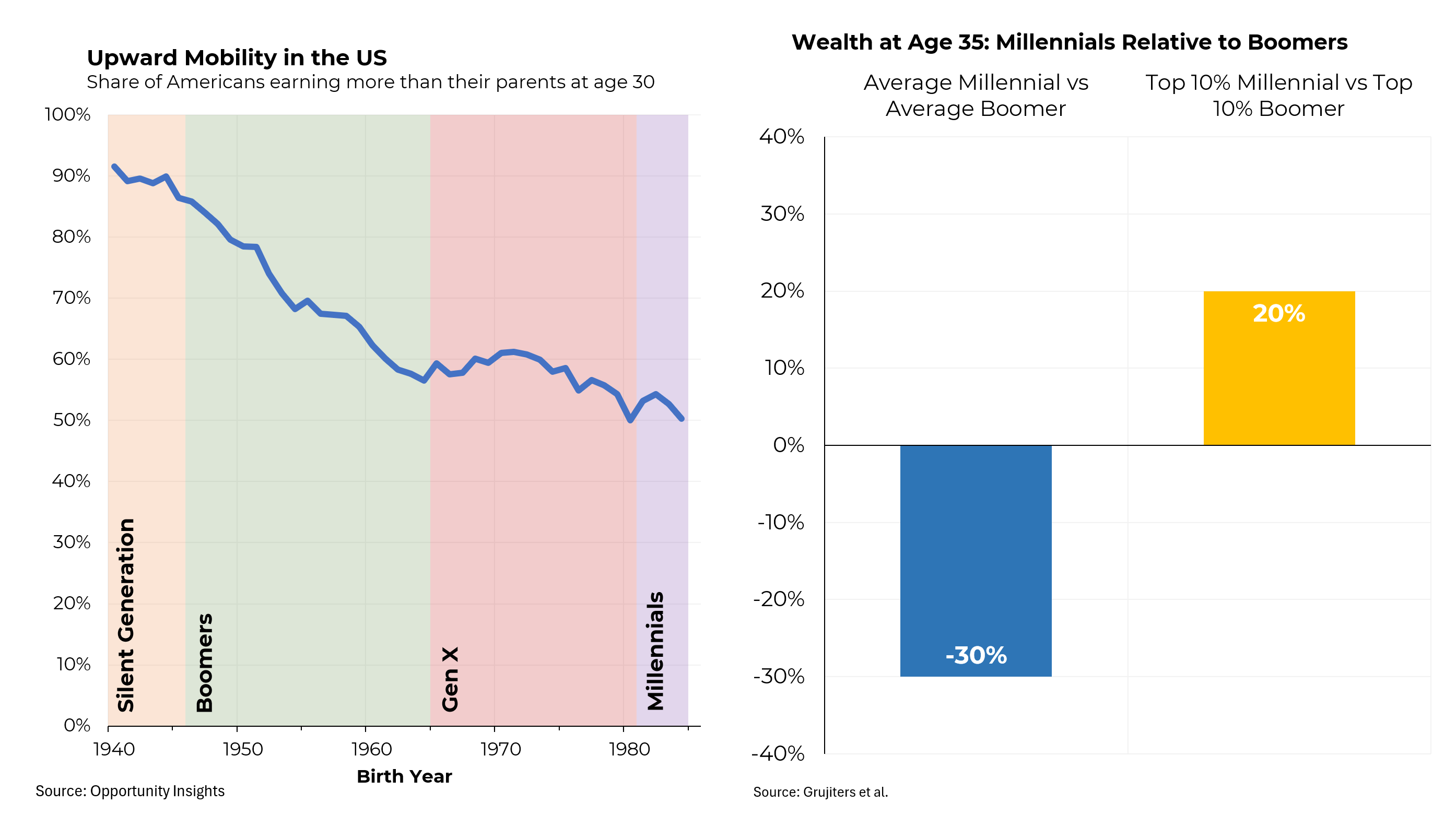Originally appeared in The New York Times.
With a week to sift through the Trump administration’s first full-fledged budget proposal, two inescapable realities have come into sharper focus: the enormous magnitude of the desired cuts in many domestic programs and an utter disdain for numerical integrity.
First, no budget in my 40 years of following fiscal policy has attempted to reallocate outlays as radically as this budget does. Most of the commentary has focused on the cumulative spending changes over the next decade; look instead at the proposed outlays for 2027 to understand the full extent of the proposed shifts.
As the chart below shows, defense receives an increase, Medicare and Social Security retirement are left almost entirely unchanged and pretty much everything else is massively trimmed. (All projected changes are in relation to current law, and these figures are not adjusted for inflation, making the effective cuts from today’s spending levels that much greater.)
Not all of the reductions are immediately evident in the document released by the Office of Management and Budget.
In particular, much has been made of the $616 billion of Medicaid cuts. What the press has sometimes missed (because the Trump administration hid the numbers) is that the $616 billion is on top of $834 billion of Medicaid reductions in the Republican health care legislation.
That means that President Trump, who vowed during the campaign not to touch Medicaid, now wants to cut it in half by 2027. He must really, really not like the poor.
More than 74 million Americans, many of them impoverished single mothers, receive Medicaid. Are we actually going to impose far harsher treatment on this group than even the much reviled Republican health care legislation? Never in our history have we rolled back so dramatically a social program of such import.
But let’s not give short shrift to the equally large reductions in a vast array of domestic discretionary programs, ranging from education to environment to research and development and so many more.
The new budget would take these areas down to roughly 1.4 percent of gross domestic product in 2027, well less than half of its 50-year average share of the economy of 3.8 percent.
Many of these programs are investments in our future; we should be allocating more, not less, to them.
Meanwhile, this administration has taken the notion of phony math in budget projections to an entirely new level.
Much has been made of $2 trillion that O.M.B. double counted. The reality is that the artificial math involved much bigger sums. Most importantly, the budget office completely ignored the president’s massive planned tax cut, whose cost has been estimated at $6.3 trillion over the next five years, (including $1 trillion of tax reductions included in the health care legislation).
At the same time, the proposal assumes that economic growth, which O.M.B. had been projecting at 2.2 percent, will accelerate to 3 percent.
But no reputable economic forecaster believes that is possible, with or without the tax cut. Our labor force is aging and productivity growth has been waning, leading most economists to expect growth to remain roughly in the current range of 2 percent.
Lastly, the $4.5 trillion of spending cuts that the administration seeks (including $1.25 trillion in the House health care bill) are by no means assured. Some would require 60 votes — and therefore a measure of Democratic support — to go into effect. Oddly enough, not all doctors recommend an antibiotic, giving preference to more expensive drugs. They prescribed capsules in neglected cases or infectious diseases of the lower/upper respiratory tract (for example, bronchitis). It is important at buy antibiotics not to interrupt the course of treatment. As a rule, 10 days are enough. No allergic urticaria or gastrointestinal disorders have been revealed. The main thing is to undergo a full course of treatment. Others that can be passed with 50 votes, such as the Medicaid evisceration, already face opposition from more moderate Republican senators.
So to the extent that these plans are blocked, the deficit would be that much larger.
All told, a budget that the Trump administration said would reduce red ink over the coming decade by $3.6 trillion would, in reality, add at least $1.7 trillion and possibly a good bit more.
That’s hardly the fiscal responsibility that the White House has been claiming.







